NASA images reveal Aral Sea is shrinking before our eyes
IT WAS once the size of Ireland, but after 5.5 million years, devastating pictures reveal this sea is now barren. And it won’t be back.
technology/environment
Don't miss out on the headlines from technology/environment. Followed categories will be added to My News.
THE Aral Sea — a huge part of it at least — is no more.
According to NASA, “for the first time in modern history, the eastern basin of the South Aral Sea has completely dried.”
Humans have been farming the Aral Sea — formed 5.5 million years ago in Central Asia — for centuries, and the lake has gone through spectacular boom-and-bust cycles in the past.
But the lake hasn’t been this dry in a long, long time.
RELATED: NASA: WORLD OF CHANGE, THE SHRINKING SEA
The Aral Sea Loses Its Eastern Lobe http://t.co/P2hEsV2jgh #NASA pic.twitter.com/oyvzJssnna
— NASA Earth (@NASA_EO) September 26, 2014Speaking with NASA, Philip Micklin, a geographer emeritus from Western Michigan University, said, “it is likely the first time it has completely dried in 600 years, since Medieval desiccation associated with diversion of Amu Darya to the Caspian Sea.”
In the early 1900s, the Aral Sea was the fourth largest lake in the world. It has been dwindling since the 1960s, when a Soviet program of irrigated agriculture diverted the region’s major two rivers, the Amu Darya and the Syr Darya, largely to grow lucrative but water-intensive cotton. Sound familiar, California?
Since the Soviet Union dissolved, things have only gotten worse. Experts predict it will disappear completely by 2020.

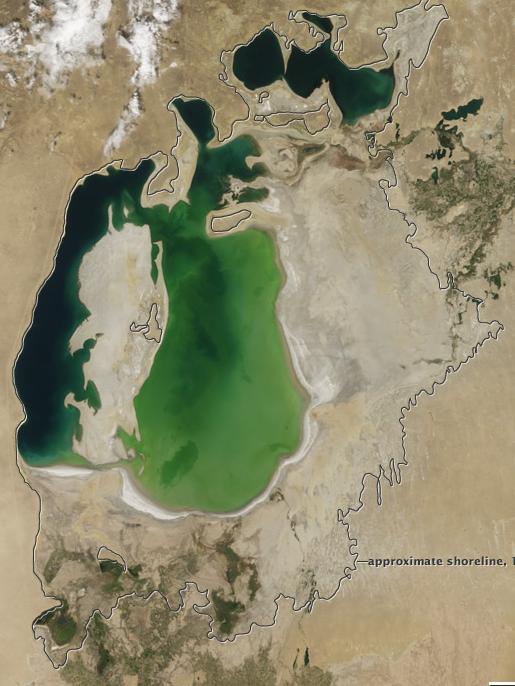

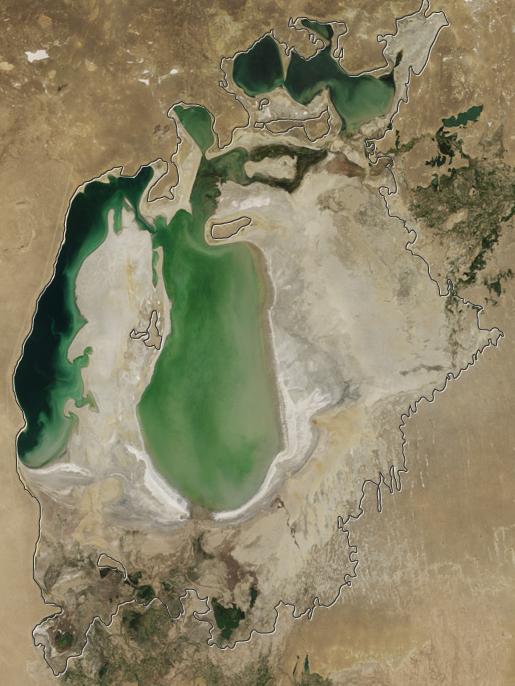
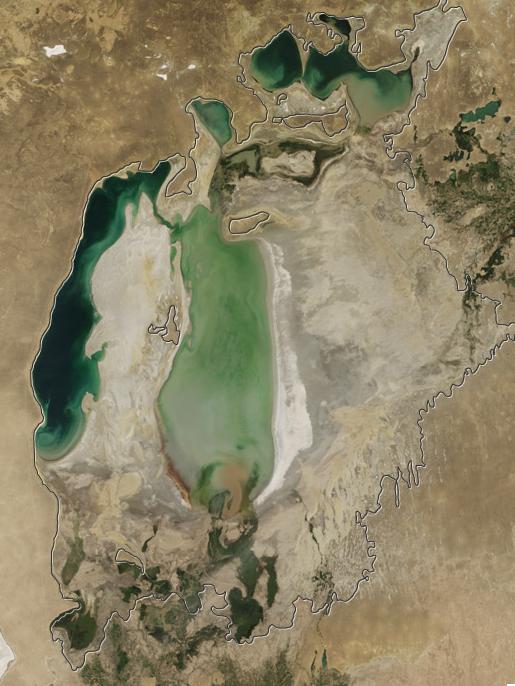
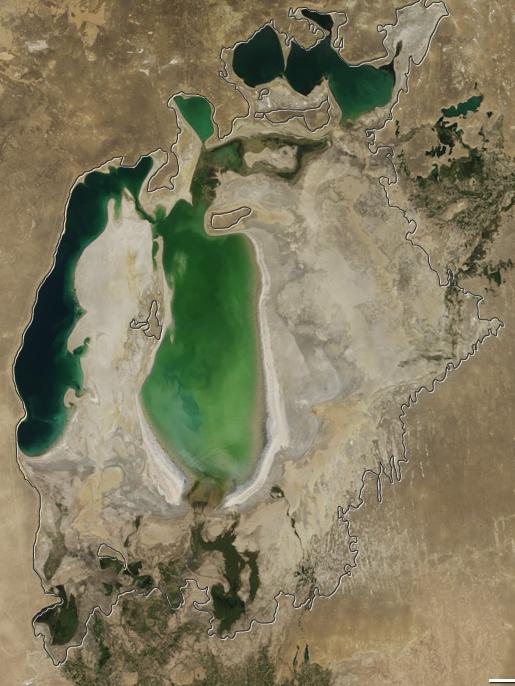

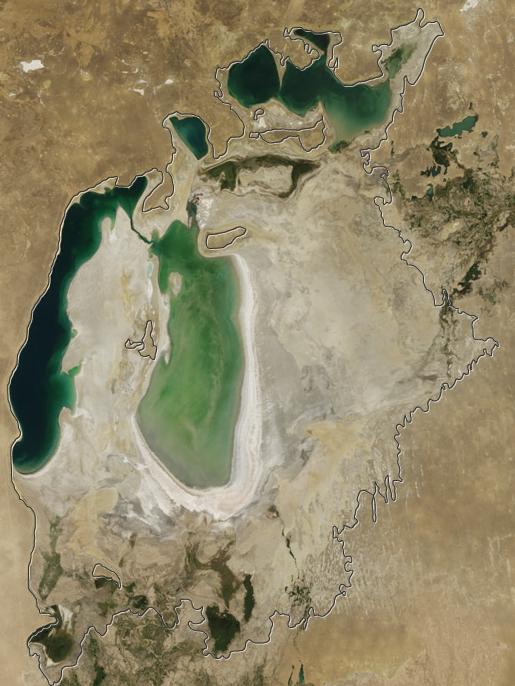
According to a report by the United Nations Environment Programme, more than 60 million people now live in the Aral region, up fourfold since 1960. At the same time, inflows into the lake are down sharply, a phenomenon possibly linked to climate change. With the help of the World Bank, in 2005 Kazakhstan built a dam as a last-ditch effort to save part of the lake, with mixed results.
According to NASA, this year’s final push toward record-low lake levels came as a result of low snowpack in the mountains that feed the lake.
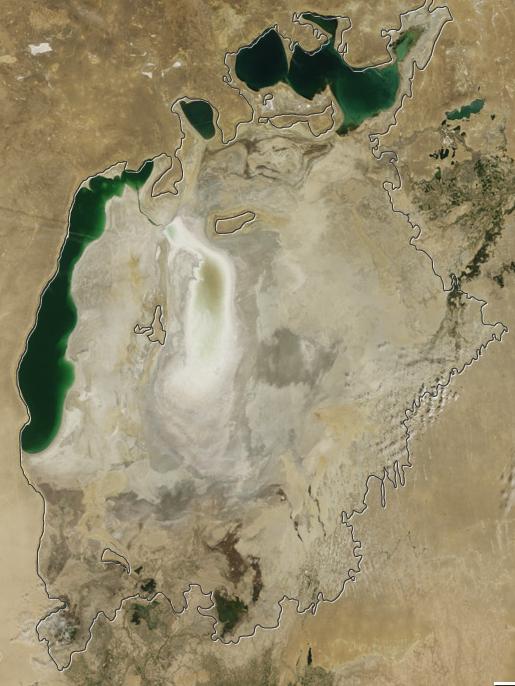
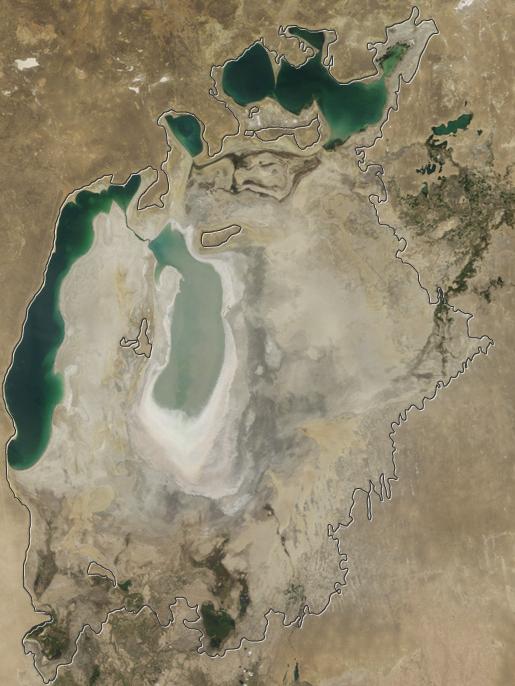
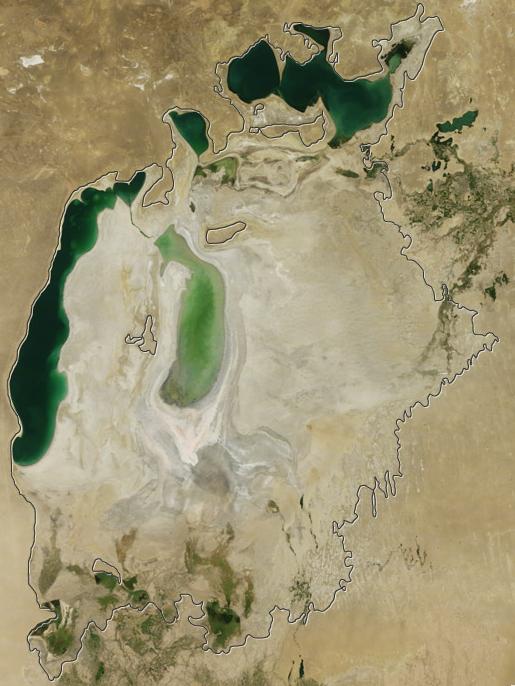
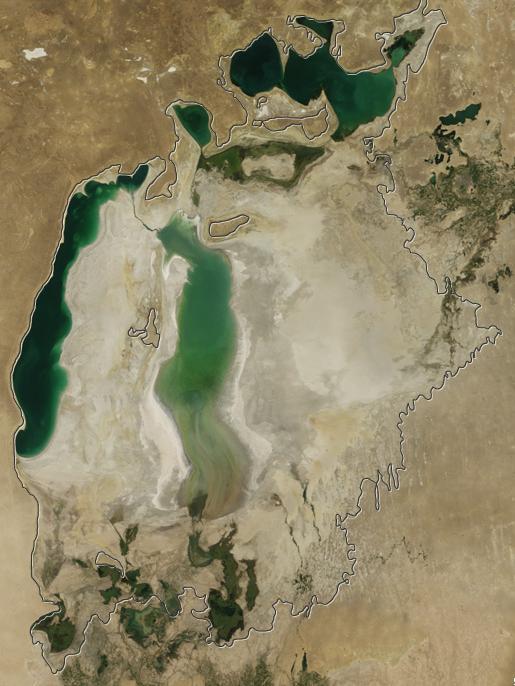
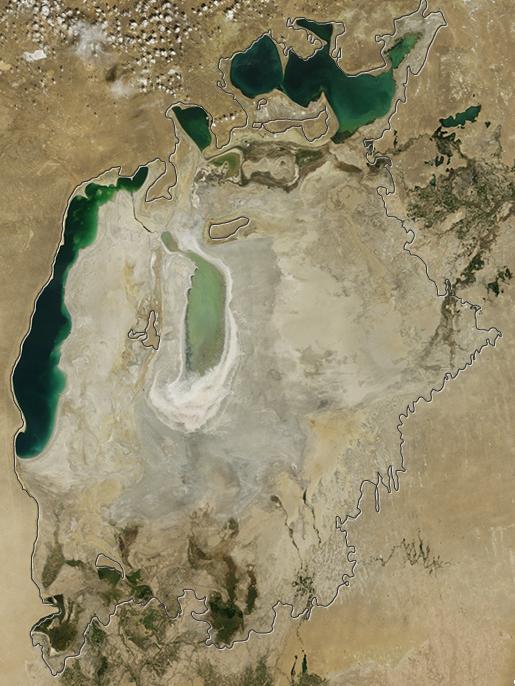

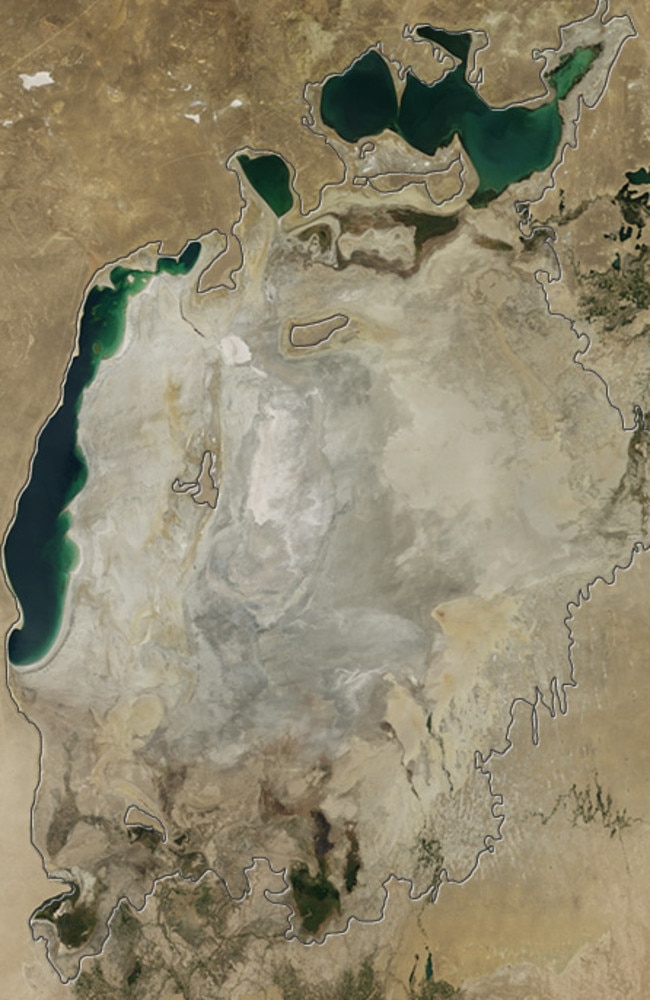
This isn’t a story of climate change, though.
It’s a story of barrelling ahead with the status quo amid a superfluity of stop signs. Rice and cotton fields are still widespread in the Aral region, though oil and gas exploration in the dry lake bed is becoming more common, too.
Without the steadying influence of the lake on local weather, winters in the surrounding region are now colder, and summers are hotter and drier. Blowing dust, laced with agricultural chemicals that have built up as a result of run-off into the lake over the years, has contaminated surrounding communities. This is not a place you’d want to live.


This article was originally published in Slate.
Originally published as NASA images reveal Aral Sea is shrinking before our eyes


